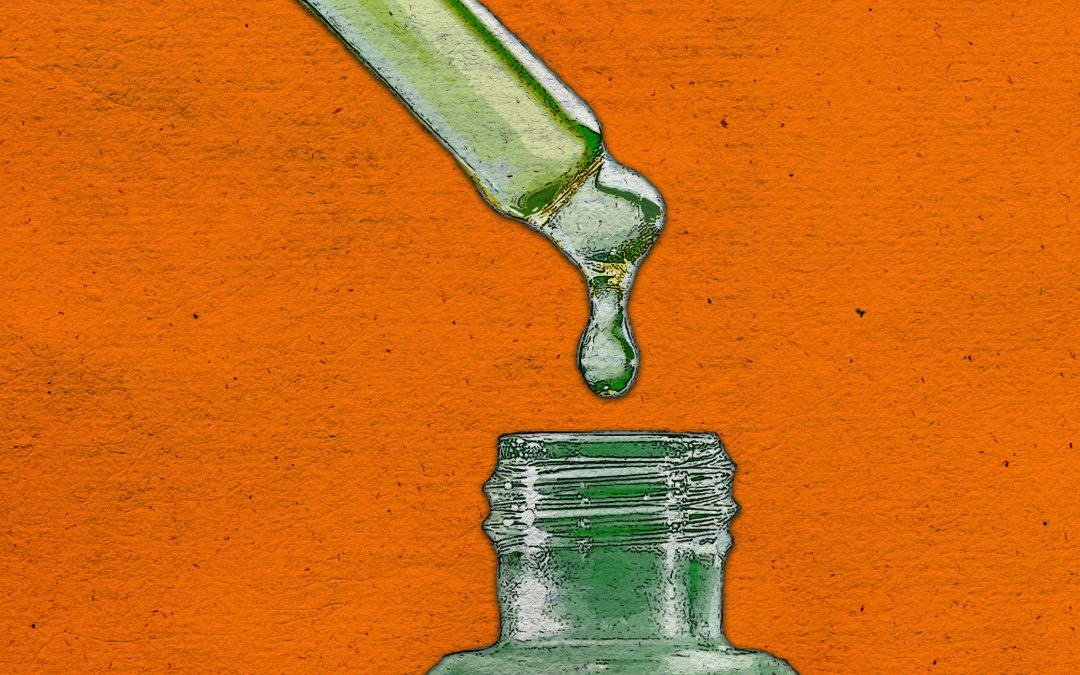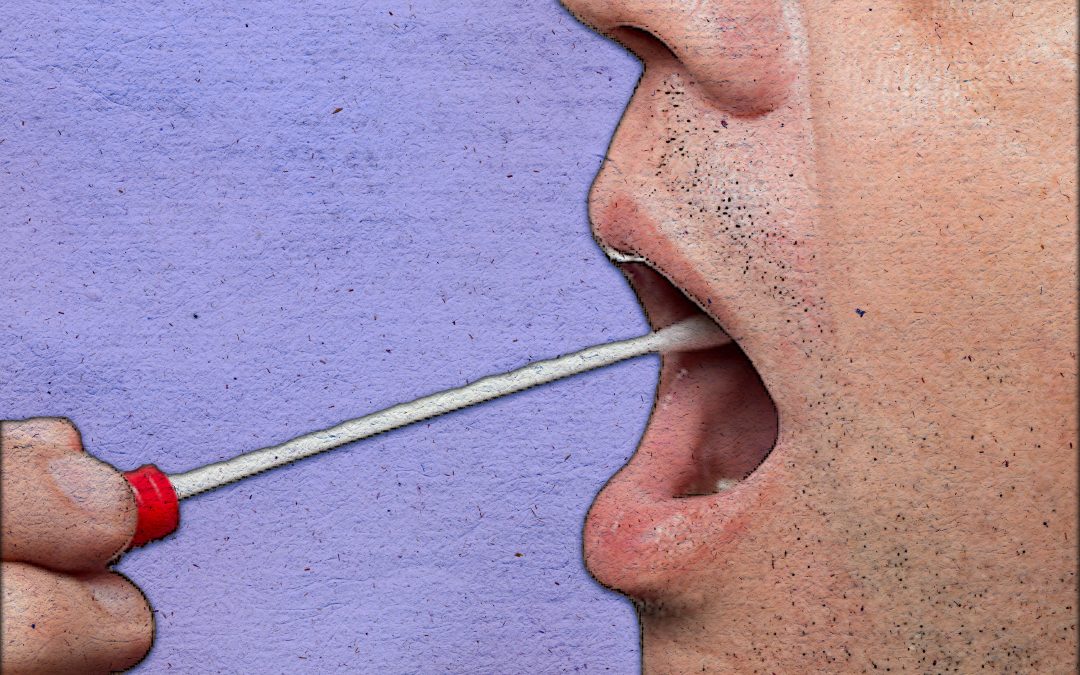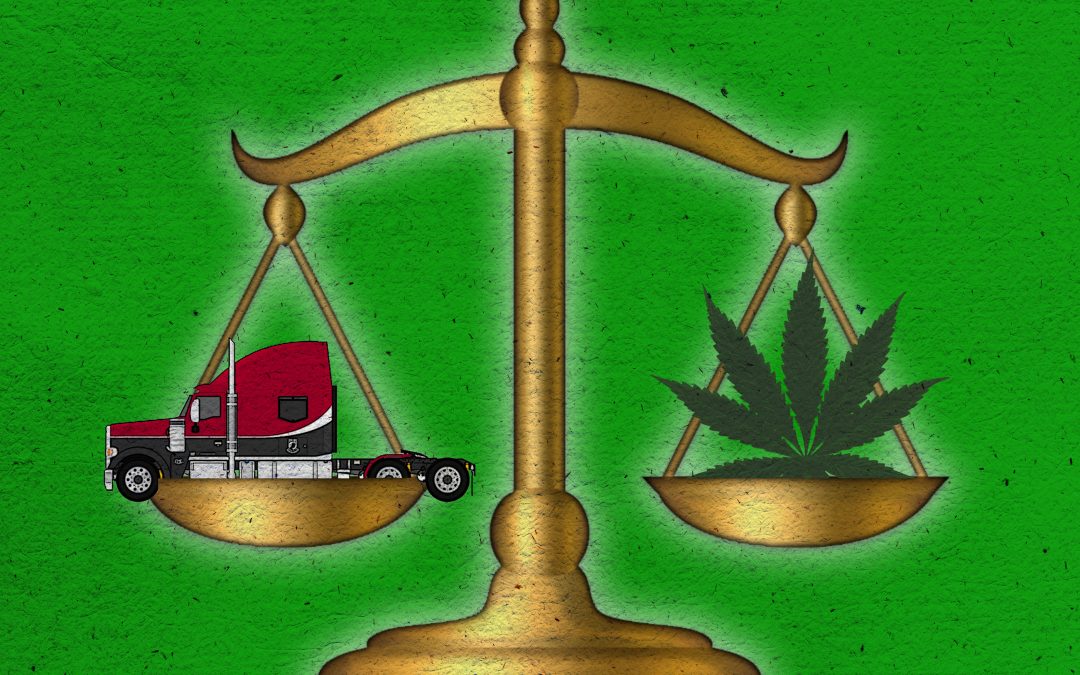
by Brian Raif | Mar 17, 2022 | Uncategorized
Our DATCS-Shreveport office had its grand opening last Tuesday (03/15/2022). We were very excited to welcome and interact with all our attendees. We had a wonderful time socializing with each person and appreciate everyone taking time out of their busy schedules to...
by Brian Raif | Feb 18, 2020 | Uncategorized
DOT has released important information for employers and safety-sensitive employees. Please see below excerpt from the notice. DOT OFFICE OF DRUG AND ALCOHOL POLICY AND COMPLIANCE NOTICE, DOT CBD NOTICE https://content.govdelivery.com/accounts/USDOT/bulletins/27bd19f...
by Brian Raif | Dec 20, 2019 | Uncategorized
Starting January 6, 2020, employers will be required to query the Clearinghouse for current and prospective employees’ drug and alcohol violations before permitting those employees to operate a commercial motor vehicle (CMV) on public roads and employers will be...

by devan | Oct 16, 2019 | Uncategorized
Cannabidiol (CBD) is one of approximately 400 compounds found in cannabis, the same plant that produces the psychoactive compound, delta-9-tetrahydrocannabinol (THC). While CBD is a cannabinoid and shares some structural similarities with THC, it does not produce a...

by devan | Oct 16, 2019 | Uncategorized
Laboratory-based oral fluid drug testing has been around for many decades, and over the past several years, it emerged as a legitimate alternative to urine testing, the most common drug testing method. Its benefits include accuracy, an observed collection, and...

by devan | Oct 16, 2019 | Uncategorized
Could the trucking industry, long-plagued with high driver turnover and a need for new driver entrants, be missing out on a swath of potential drivers due to its strict no-marijuana-use policies? It’s an idea open to debate, says attorney Adam Dolan, chair of the...






